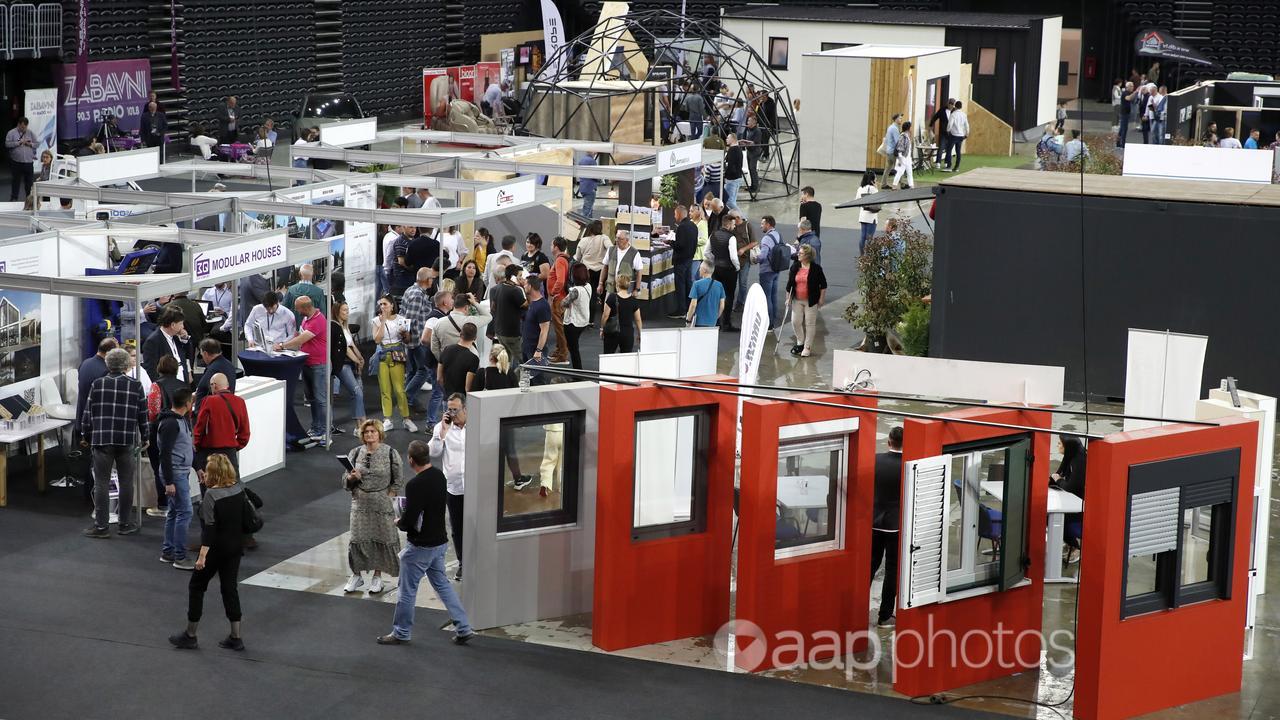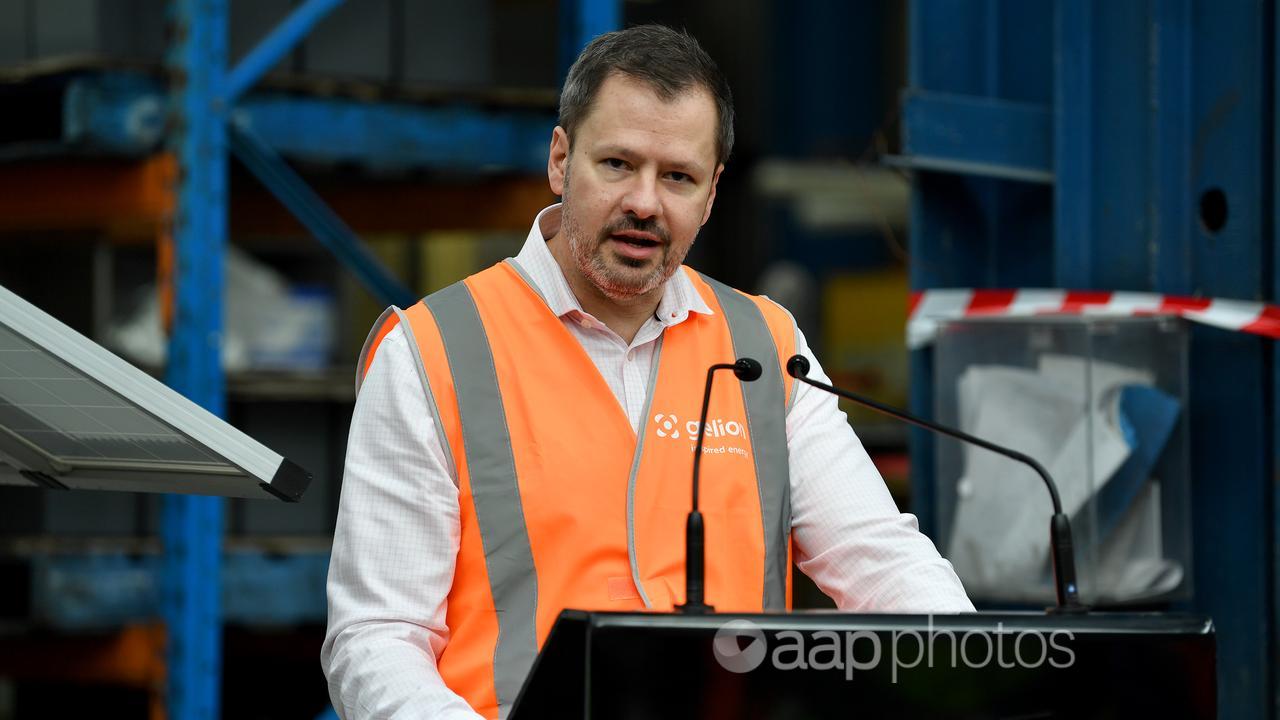Treating construction more like manufacturing a car is thought to deliver housing faster and could bring Australia closer to its ambitious home-building goals.
As federal and state governments stare down a lofty target of 1.2 million new dwellings by 2029 at a time of labour shortages and high construction costs, proponents believe prefabricated housing will be key.
Encompassing everything from fully-formed modules dropped onto site, to panelised walls and floors stitched together, the construction method is said to slash building times, reduce waste and deliver high quality, low maintenance homes.
Depending on the scale of the building, prefab construction can be 30 to 40 per cent faster than traditional onsite methods.
In a report digging into the root causes of Australia’s housing shortages and poor affordability, The Blueprint Institute says prefab is a lost opportunity.
“Prefab housing offers an opportunity to build homes more quickly and reduce our reliance on attracting imported labour – and with Australia’s current predicament, we would be fools not to consider it,” it says.

Researcher at the think tank, Sophie Black, says “rapid build housing”, as she describes it, only makes up about three per cent of total construction.
“That does not mean that 100 per cent or even 70 per cent of houses or new builds in Australia are going to be modular models … what we’re saying is three per cent is far too low,” she says.
Ms Black says prefab might conjure images of poor-quality housing but no longer deserves that “bad rap”, with modern iterations often architecturally designed, high quality and customisable.
Attitudes are already starting to shift, according to PrefabAUS founding director Damien Crough.
Consumers are recognising the benefits of greater precision in construction, he says, leading to more energy-efficient homes that are cheaper to run.
Mr Cough says “industry 4.0” – characterised by deep automation and digitisation – has already transformed many other sectors but construction is “typically at about industry 2.0”.
Change is happening, he says, but not as quickly as he’d hopes, especially when high volume and repetition is central to economies of scale and bringing down costs.
“Governments and others need to recognise that we can do this but we need a significant commitment to volume and scale for factories to be able to deliver affordable solutions,” he explains.

The industry body has been pushing governments to use prefab in schools and hospitals, as well as give it an explicit role in policies such as the Future Made in Australia, the National Reconstruction Fund and the pledge to build 1.2 million new homes.
The federal government has expressed interest in prefab, with Industry Minister Ed Husic acknowledging the potential to “build more quality homes, quickly” and taking steps to eradicate barriers and red tape.
Ric Butt, director of a company specialising in precast concrete modular fabrication, Strine Environments, flags two major hurdles to uptake.
Planning approvals is the first, which could delay projects significantly. Finance is the second, with lenders reluctant to fund offsite construction as they are accustomed to releasing funds to builders as dwellings come together onsite.
Yet Mr Butt is able to report growing demand for his product, with prefab the “flavour of the month”.
The Housing Industry Association – representing the residential building industry – also sees potential.
Managing director of industry policy, Simon Croft, expects greater uptake of new and innovative forms of construction “to assist with building the much-needed homes Australia requires and overcome some of the capacity constraints the industry is facing”.
Builders are already using elements built off-site, be it wall and roof frames, modular wall and floor systems and elements such as stair cases and retaining walls, Mr Croft says.
“This hybrid approach is likely to continue to increase over the next few years.”




















